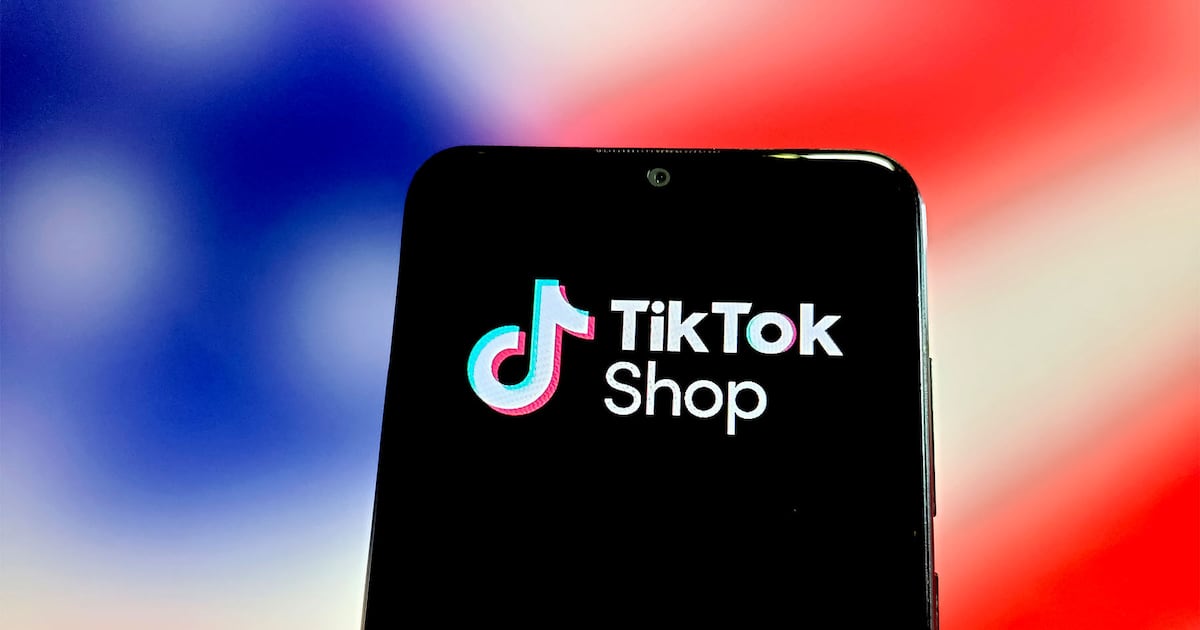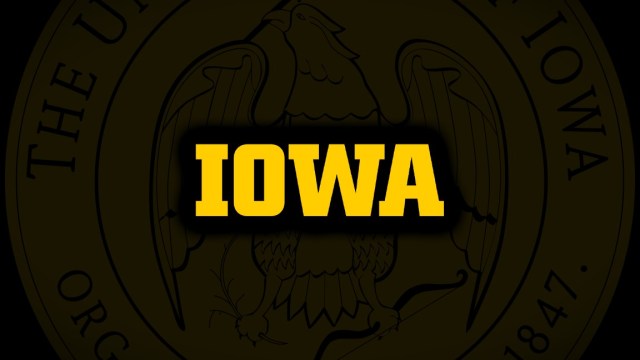Beauty's Digital Gold Rush: Inside TikTok Shop's Billion-Dollar Makeover
Business
2025-04-03 11:00:00Content

TikTok has rapidly transformed from a viral video platform to a powerhouse marketing launchpad, where influencer charisma and cross-channel momentum are reshaping brand strategies. Despite looming uncertainties about its future in the United States, the app has become the go-to destination for cutting-edge product introductions and brand storytelling.
The platform's unique ecosystem creates a magnetic "halo effect" that amplifies product visibility and consumer engagement. Influencers wield unprecedented power, turning niche products into overnight sensations through authentic, creative content that resonates with millions of viewers. Their ability to craft compelling narratives and generate instant viral trends has made TikTok an irresistible marketing channel for brands seeking rapid, organic growth.
Even as potential regulatory challenges threaten TikTok's operational landscape in the US, marketers continue to bet big on its unparalleled ability to connect with younger, digitally-savvy audiences. The app's algorithmic magic and community-driven content model have fundamentally disrupted traditional marketing approaches, offering brands an agile and dynamic platform to launch and promote their offerings.
From indie startups to global corporations, companies are recognizing that TikTok is no longer just a social media app—it's a cultural catalyst that can catapult products from obscurity to mainstream success in a matter of hours.
The Digital Revolution: How TikTok Transformed Brand Marketing in the Social Media Era
In the rapidly evolving landscape of digital marketing, social media platforms have become more than just communication channels—they've emerged as powerful ecosystems that can make or break brand strategies. At the forefront of this transformation stands TikTok, a platform that has redefined how brands connect with audiences, challenge traditional marketing paradigms, and create viral moments that transcend conventional advertising boundaries.Unleashing the Power of Viral Marketing in the Digital Age
The Rise of Influencer-Driven Marketing Strategies
The digital marketing landscape has undergone a seismic shift with the emergence of TikTok as a pivotal platform for brand engagement. Unlike traditional marketing channels, TikTok offers an unprecedented level of authenticity and immediate consumer connection. Influencers have become the new gatekeepers of brand perception, wielding extraordinary power to transform product visibility and consumer interest through creative, spontaneous content. Brands are discovering that the platform's algorithmic magic allows even small creators to generate massive reach. The democratization of content creation means that a single, well-crafted video can catapult a product from obscurity to viral sensation within hours. This dynamic has fundamentally altered how companies approach product launches and marketing strategies.Navigating the Complex Ecosystem of Social Media Marketing
TikTok's unique ecosystem presents both extraordinary opportunities and significant challenges for marketers. The platform's algorithm prioritizes engagement over follower count, creating a more level playing field for brands and creators. This approach has disrupted traditional marketing hierarchies, allowing innovative and authentic content to rise to the top regardless of a brand's existing market position. The "halo effect" generated by successful TikTok campaigns extends far beyond the platform itself. Viral moments on TikTok frequently cascade across other social media channels, creating a multiplier effect that amplifies brand messaging and consumer engagement. This cross-platform momentum represents a paradigm shift in digital marketing strategies.The Uncertain Future of Digital Platforms
Despite its remarkable success, TikTok faces significant regulatory challenges, particularly in the United States. The platform's uncertain future has created a sense of urgency among marketers to maximize their current opportunities while preparing contingency strategies. This geopolitical complexity adds an additional layer of strategic consideration for brands investing in TikTok-centric marketing approaches. The potential for regulatory intervention has not diminished brands' enthusiasm for the platform. Instead, it has encouraged more agile and adaptive marketing strategies that can quickly pivot across different social media ecosystems. Marketers are becoming increasingly sophisticated in their ability to create platform-agnostic content that can generate engagement regardless of specific technological constraints.Technological Innovation and Consumer Behavior
TikTok represents more than just a social media platform—it's a sophisticated technological ecosystem that provides unprecedented insights into consumer behavior. The platform's advanced recommendation algorithms offer brands granular understanding of audience preferences, enabling more targeted and personalized marketing approaches. The convergence of short-form video content, artificial intelligence, and real-time audience feedback has created a new paradigm of marketing intelligence. Brands can now receive instantaneous feedback, measure engagement metrics with unprecedented precision, and adapt their strategies in near-real-time.Strategic Implications for Modern Brands
For contemporary brands, TikTok is no longer an optional marketing channel—it's a critical component of a comprehensive digital strategy. The platform demands creativity, authenticity, and a willingness to experiment with unconventional storytelling techniques. Success requires brands to think beyond traditional advertising and embrace a more dynamic, interactive approach to consumer engagement. The most successful brands on TikTok are those that can create content that feels native to the platform—entertaining, spontaneous, and genuinely connected to audience interests. This requires a fundamental reimagining of marketing as a collaborative, conversational process rather than a unidirectional communication strategy.RELATED NEWS
Business

Silicon Valley Trembles: Proposed Sales Tax Threatens Tech and Consulting Giants
2025-03-12 01:27:25
Business

AI's Ethical Frontier: Yale Assembles Global Titans to Chart Responsible Tech Future
2025-03-25 03:31:46






